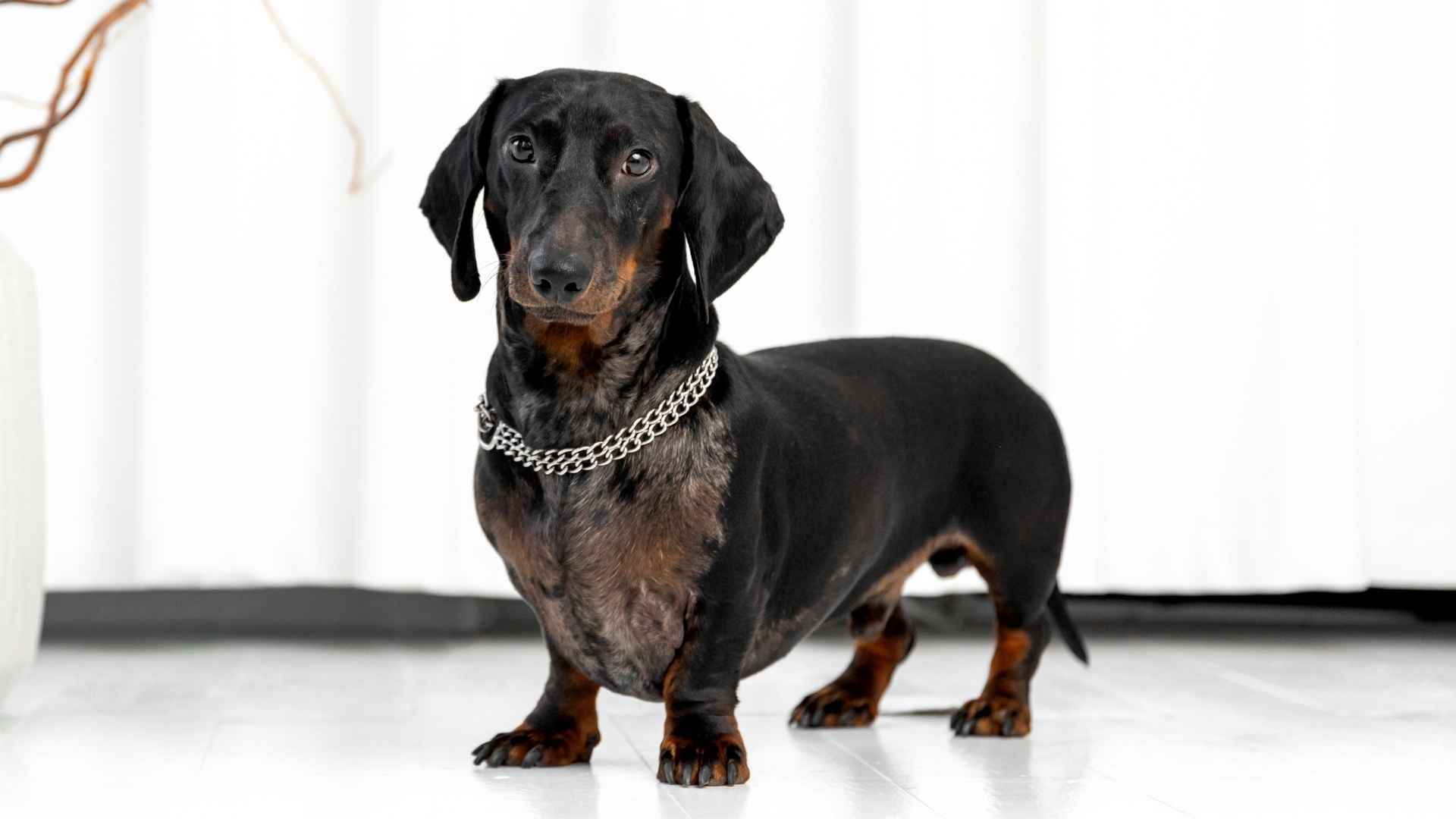“Money can buy you a fine dog, but only love can make him wag his tail.” That quote from Kinky Friedman says it all.
The bond between human and dog doesn’t depend on dollars—it’s built on time, trust, and simple affection. Still, cost is a reality. And for many, the price of owning a dog feels out of reach. Between food, vet visits, grooming, and supplies, it adds up fast.
But here’s what most people don’t realize: some breeds are naturally inexpensive to care for. They eat less, stay healthy longer, and don’t need salon-level grooming. If you’re looking for a companion who brings joy, not debt, you’re in the right place.
At the end of this article, you’ll discover dog breeds that are both budget-friendly and full of love, with practical reasons why they’re easier on your wallet and still perfect for your heart.
Inexpensive Dog Breeds
1. Beagle
The Beagle’s short, dense fur is easy to care for and doesn’t mat or require special trimming. Bathing and brushing are simple and occasional. That simplicity directly helps reduce grooming costs over the long term.
Affordable Feeding Needs
Beagles are medium-sized but tend to have a balanced metabolism that doesn’t demand large meals. A quality dry dog food in moderate portions usually keeps them healthy and active. They’re not prone to specialized dietary needs unless advised by a vet.
Good Fit for Modest Spaces
Although active, Beagles adapt well to compact living environments when given regular walks, as per Royal Canin. Their moderate size places them in the category of affordable small dogs with manageable space and exercise needs. Apartment life can suit them with consistency.
Fewer Surprise Expenses
Beagles are generally hardy and have fewer chronic health conditions compared to some purebred companions. Vet costs are lower when basic wellness checks are kept on track. They also don’t need high-cost training programs for basic behavior shaping.
2. Chihuahua
The Chihuahua’s coat — whether smooth or long — requires very little upkeep throughout the year. A gentle brush and rare bath are usually enough. This breed is often recommended for owners looking for dogs with minimal grooming needs.
Compact Lifestyle Perks
Their petite size makes them easy to accommodate in smaller spaces, and they rarely outgrow lap-time energy. As a furry friend, they bond intensely with one or two people, often becoming protective in their own tiny way. That closeness also helps with early behavior shaping.
Lightweight Budget Impact
Chihuahuas eat in smaller portions and don’t burn through supplies or accessories quickly. They don’t require elaborate toys, crates, or bedding. These traits add up for owners aiming to cut back on recurring costs.
Health Costs Stay Manageable
When regularly monitored, Chihuahuas often live into their teens with minimal intervention. Most vet bills involve dental cleanings or patellar evaluations in older dogs. Their long lifespan offers stability in overall care budgeting.
3. Dachshund
With their small size and moderate activity needs, Dachshunds adapt well to budget-conscious lifestyles. They don’t need specialized gear or costly exercise routines. For those new to dog ownership, the breed offers a manageable daily rhythm.
Low Food Intake
Due to their petite build, Dachshunds typically eat less than medium-sized dogs, helping reduce regular food costs. Their appetite should still be managed, though, as the breed is prone to gaining weight. Meal portion control helps with both expenses and health.
No-Frill Grooming Routine
Short-haired varieties require minimal grooming—basic brushing and rare bathing keep their coat in shape, as mentioned in Petplan. Even long-haired types are relatively low maintenance when kept trimmed. Less grooming means fewer monthly expenses or appointments.
Sourcing the Right Pup
Dachshunds are widely available, and many reputable breeders focus on maintaining healthy lines to avoid spine-related issues. Upfront investment in a well-bred pup often prevents costly vet bills later. Choosing the right source matters more than shaving adoption fees.
4. Pug
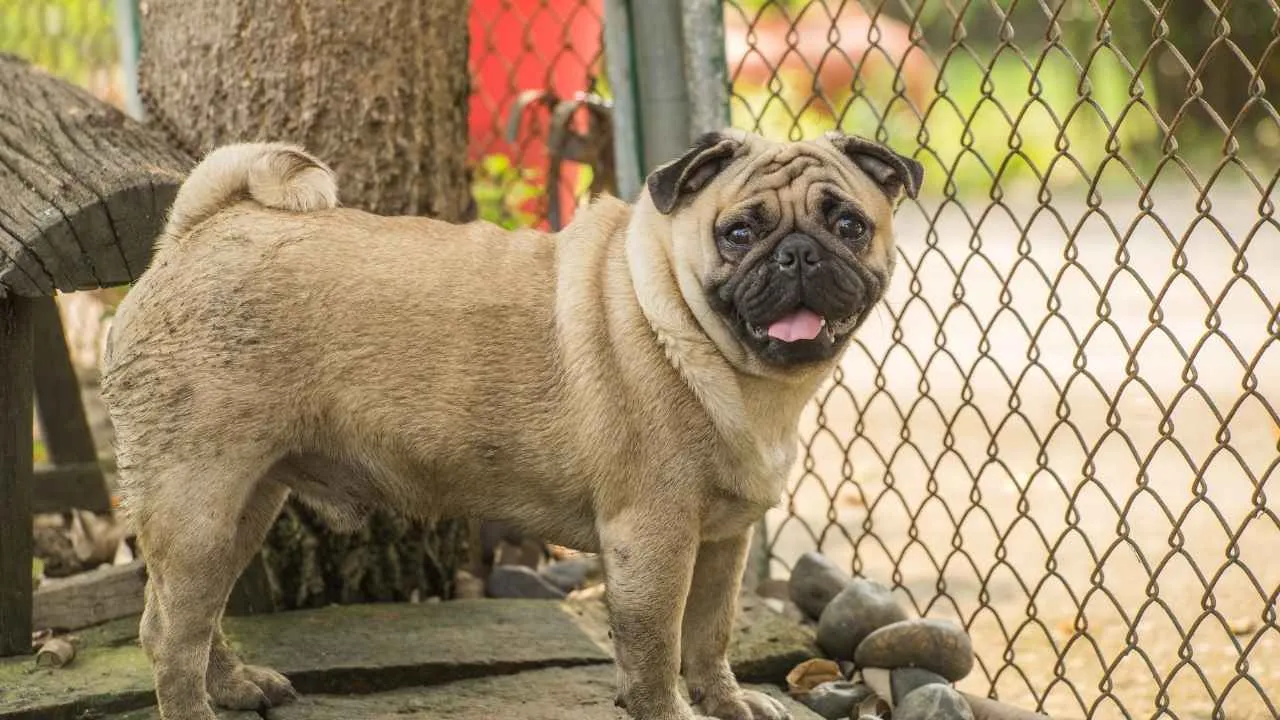
Their small size makes Pugs one of the easiest breeds to manage in terms of daily expenses. Feeding portions remain small throughout adulthood. This limits recurring costs in both quantity and special dietary adjustments.
Simple Coat, Low Upkeep
Although they shed, Pugs don’t require professional grooming or seasonal trims. A regular brushing routine helps maintain their short double coat at home. Bathing is minimal, and even nail trims are manageable without salon visits.
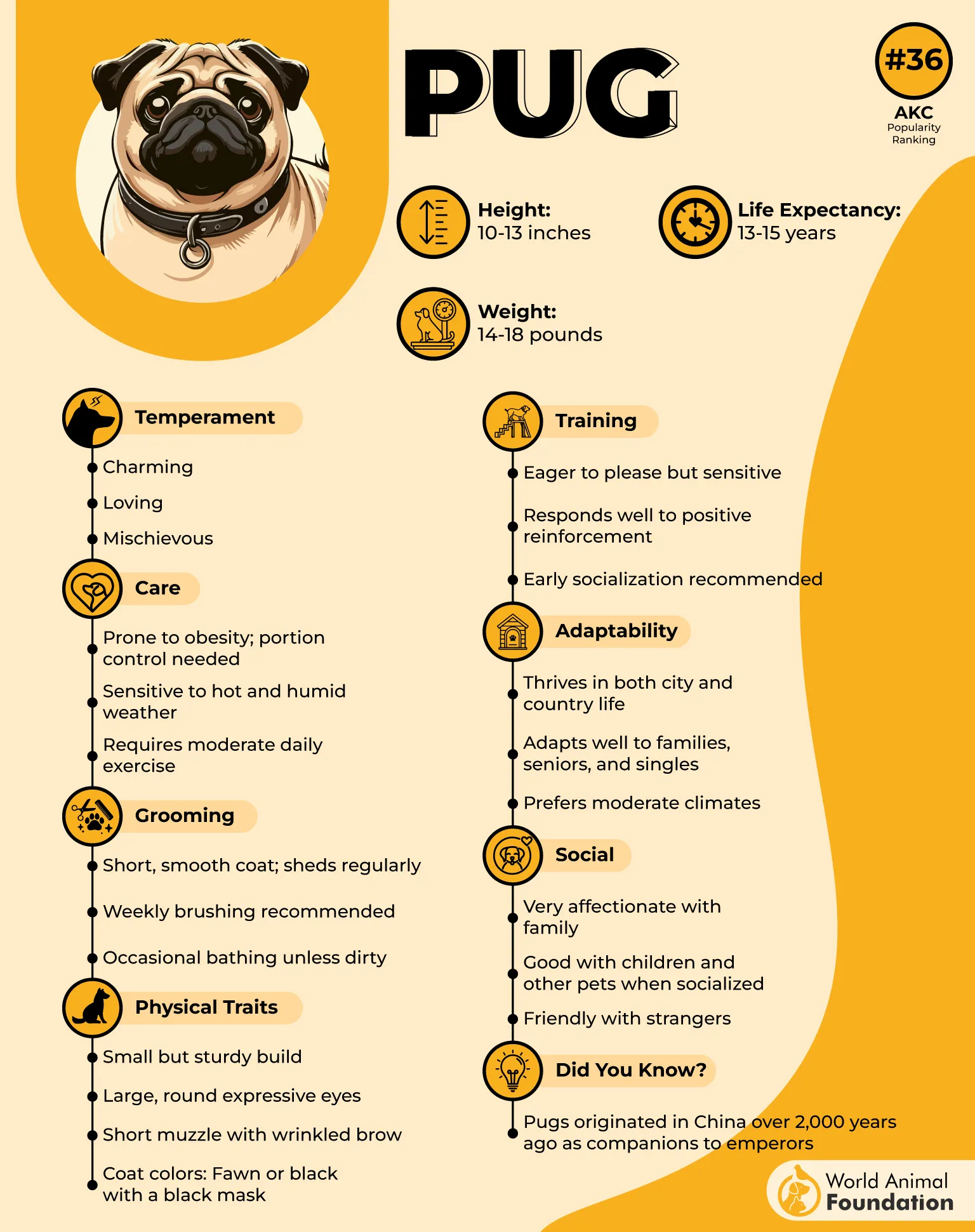
Origin Reflects Simplicity
Pugs were originally bred as lap companions for Chinese royalty over 2,000 years ago. Their temperament and size never shifted toward labor or sport. That purpose keeps their exercise needs and home requirements fairly modest.
Early Attention Goes a Long Way
Many Pug health concerns can be reduced with good care starting at a young age. Their short snouts may require monitoring, but regular vet visits help avoid long-term complications. Preventive care often proves more cost-effective than treatment.
5. Bichon Frise
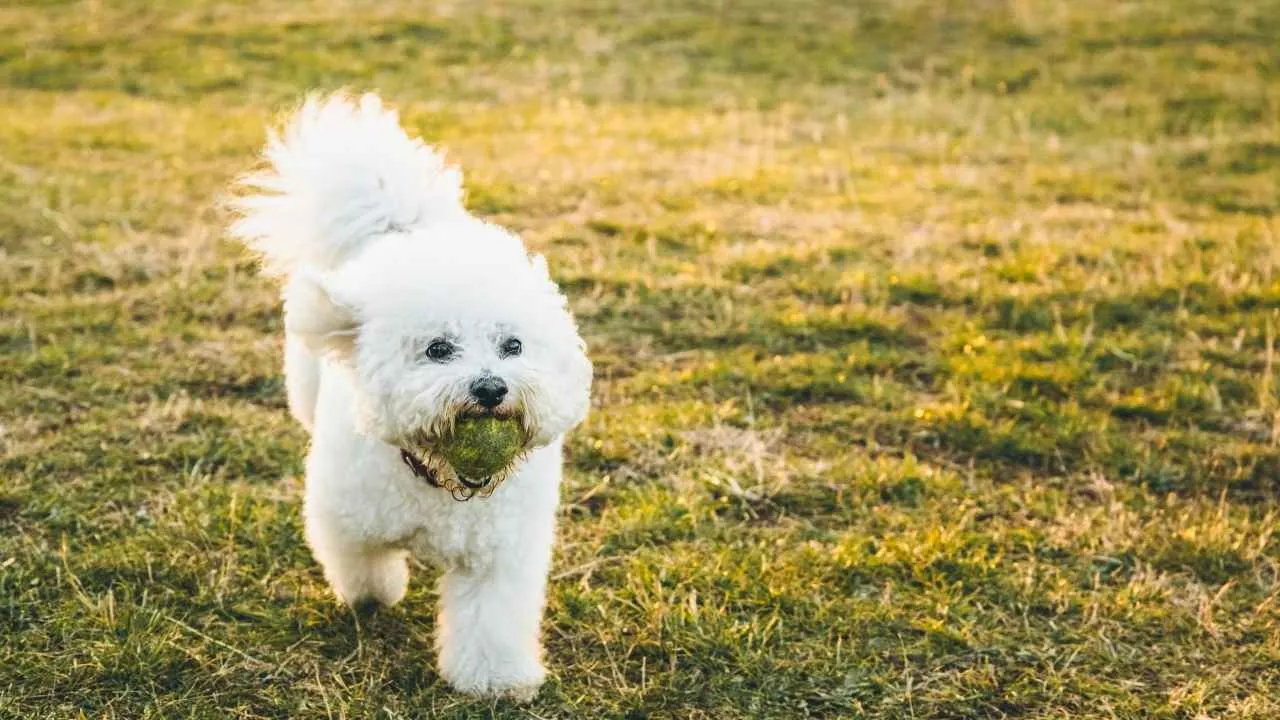
The Bichon’s compact size and low body weight make it an ideal fit for owners with space or budget constraints. It thrives in smaller settings with structured routines. Daily indoor play can meet much of its movement needs.
Routine-Based Care
This breed does require regular grooming, but much of it can be handled at home with a quality brush and trimmer. Salon visits can be spaced out with upkeep. Owners who stay on schedule often avoid the added costs of mat removal and skin issues.
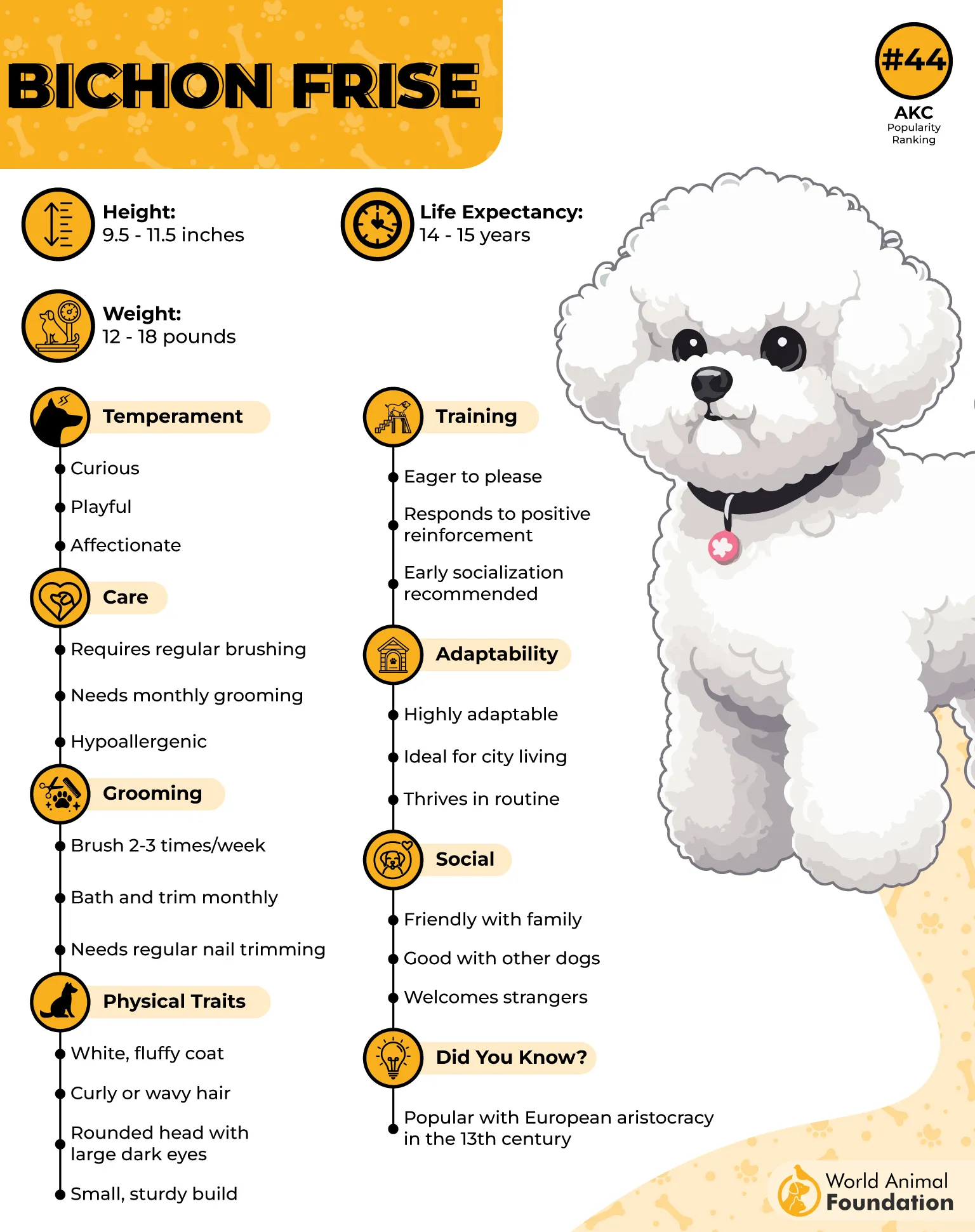
Predictable Health Profile
The Bichon is generally healthy and doesn’t face widespread congenital issues when bred responsibly. Conditions like allergies and dental sensitivity are manageable with planning. Regular brushing and dental chews can reduce long-term medical bills.
Training with Positivity
The Bichon learns best in short, upbeat sessions with consistent praise. Because it doesn’t require intensive programs or firm correction styles, basic manners can be shaped at home. Many owners rely on simple reward-based routines that are free and effective.
6. Rat Terrier
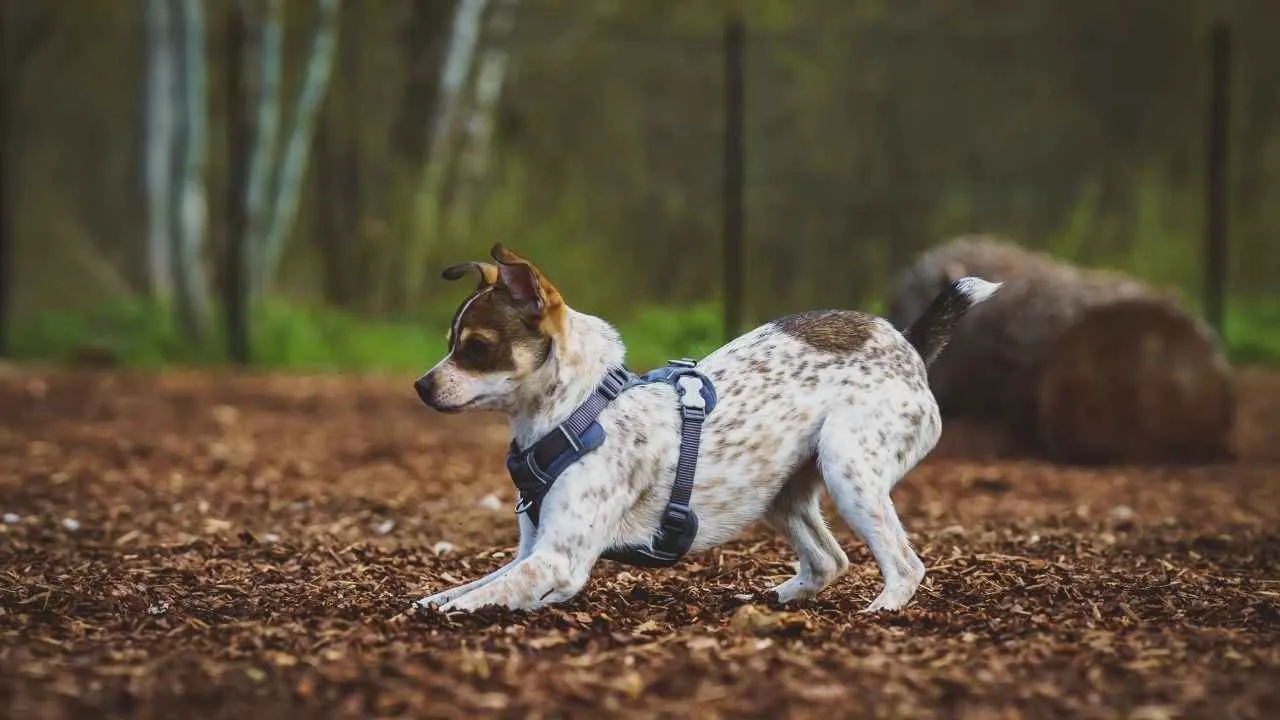
Originally bred in the U.S. for pest control, the Rat Terrier quickly proved useful on farms and in small homes alike. Its size and energy suit a wide range of living spaces. It thrives best in settings where it gets a job or daily mental stimulation.
Naturally Low Maintenance
With a sleek, short coat that sheds moderately, this breed doesn’t require special grooming tools or salon visits, as mentioned in PetMD. Weekly brushing is usually enough to manage loose hair. It’s a practical choice for households looking to avoid frequent coat upkeep.
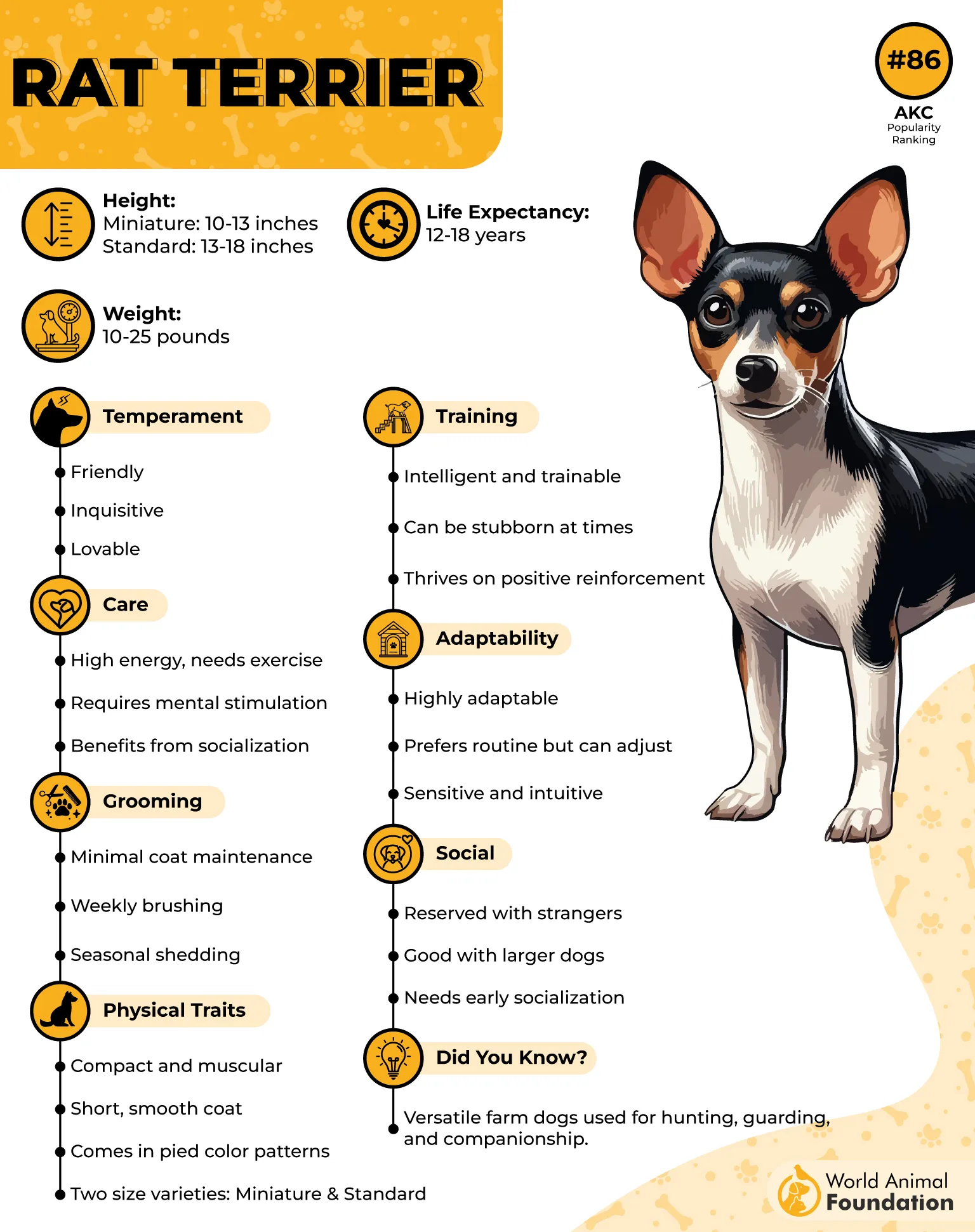
Resilient Health Profile
Rat Terriers tend to live long, healthy lives when basic care and exercise needs are met. Their sturdy background gives them fewer chronic conditions than many purebreds. This naturally reduces vet bills over time, especially with early spay or neuter.
Independent, Yet Obedient
They’re fast learners when routines are consistent and boundaries are clear. Their alertness isn’t overwhelming—they listen well to structured commands. Early socialization strengthens their ability to blend into households with kids or other pets.
7. Miniature Pinscher
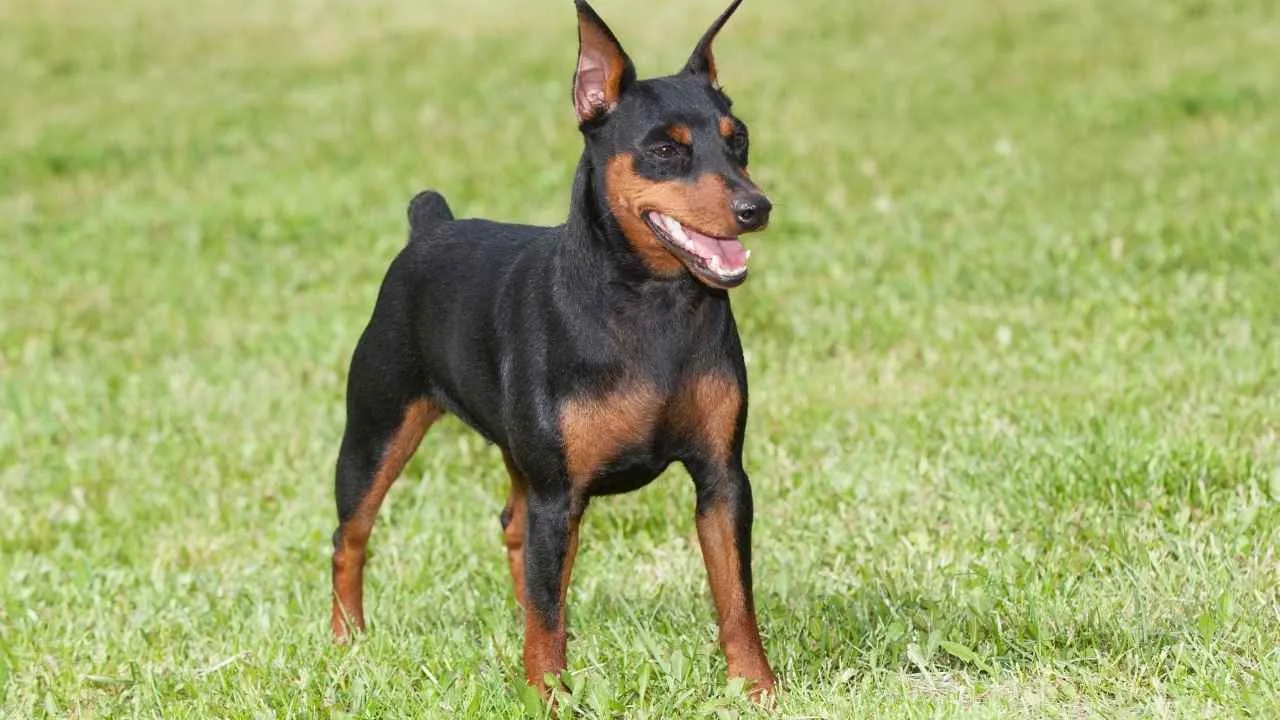
Known for their “hackney gait,” Miniature Pinschers lift their legs high and walk with a spring-like stride, as stated in WebMD. This gives them a confident posture that feels much larger than their size. That movement pattern developed naturally from generations of alert, agile dogs.
Stays Light on Budget
Their small size keeps food portions minimal and vet bills on the lower end, especially for routine care. They’re not prone to digestive issues or high-maintenance grooming. Basic upkeep and vaccinations often cover most of their health needs.
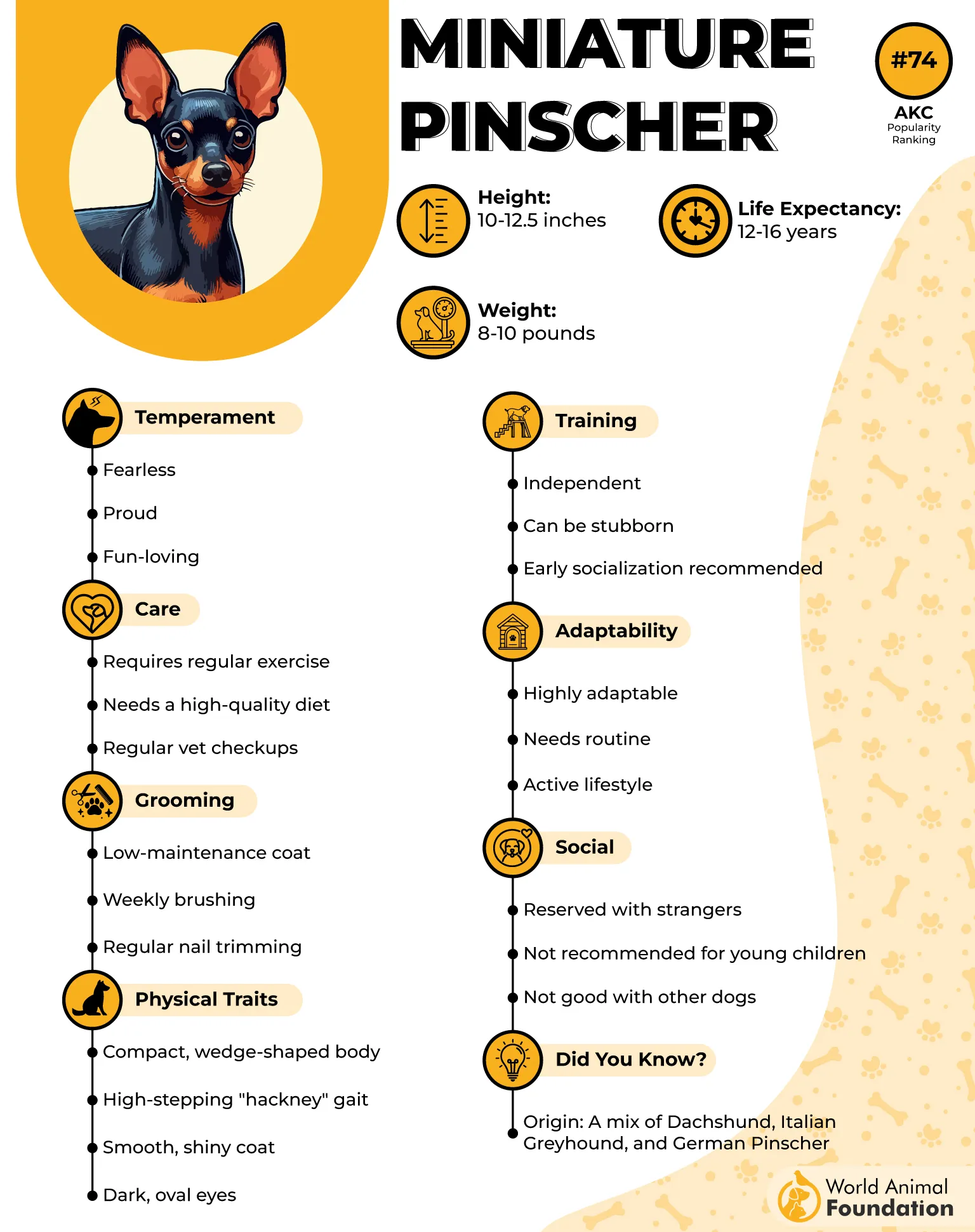
Energy with Independence
Though energetic, they prefer short bursts of activity and are content resting in their own space. They don’t need constant engagement and often entertain themselves with toys. This independence also reduces demand for costly behavioral programs.
Less Prone to High Shedding
Their coat is short, sleek, and lies flat, shedding minimally throughout the year. Most owners use a soft brush weekly, avoiding expensive grooming visits. It’s a breed that thrives on low-intervention hygiene routines.
Conclusion
When it comes to welcoming a dog into your life, love matters more than price. But smart planning doesn’t hurt. The cheapest dog breeds often stay healthy longer, eat less, and need fewer extras. That makes them ideal for people watching their budget.
Some affordable dog breeds on this list also adapt well to apartments and simpler routines. For those considering mixed-breed dogs or adopting from shelters, there’s even more potential to save while giving a home to a pup in need.
Just remember—unexpected health issues can come up, so a basic pet insurance plan might be worth considering. A loyal, loving dog doesn’t need to cost a fortune.


